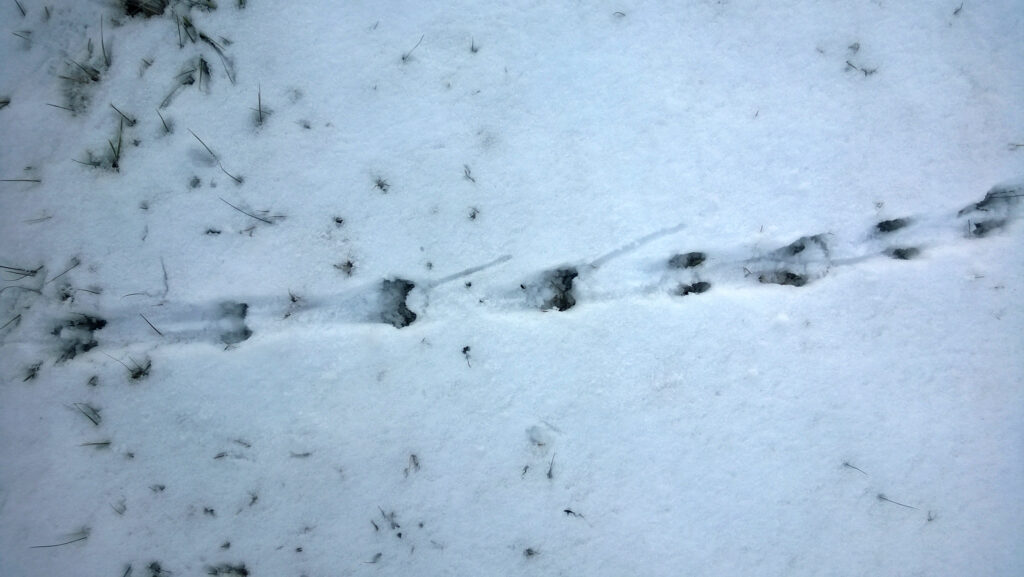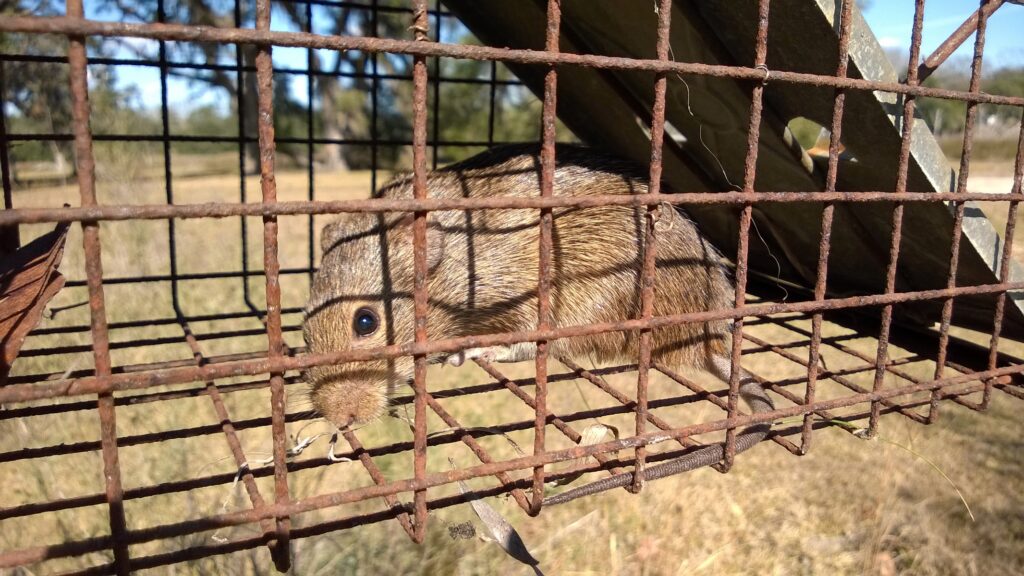


This week we’re looking at a misunderstood but ecologically important species. This week we’re talking about the Hispid Cotton Rat (Sigmodon hispidus).
The Hispid Cotton Rat is one of our three native species of Rat here in the Lowcountry. The other two are the Marsh Rice Rat (Oryzomys palustris) and Eastern Woodrat (Neotoma floridana). We also have two exotic species of Rat: the Roof/Black Rat (Rattus rattus) and the Norway/Brown Rat (Rattus norvegicus). Cotton Rats are a common mammal found throughout the state. However, they are nocturnal and live in heavy vegetation. So they’re not often seen. They inhabit grasslands, particularly: savannas, fallow fields, hayfields, salt marsh edges, and meadows.
Let’s take a look at its names to see what we can learn about them. Hispid is a term that means “covered in bristles”, which is appropriate for this rodent that’s covered in coarse fur. They get the name “Cotton Rat” from their historic abundance in cotton fields and for using balls of cotton in their nests. For the scientific name, we see the term hispid again for the specific epithet. The genus Sigmodon translates directly to “Sigma-shaped tooth” or “S-shaped tooth”. This describes the shape of their molars, which have a chewing surface that is serpentine in shape. So “Stiff-haired S-Tooth” would be an accurate translation.
These S-shaped molars are important to their diet. Hispid Cotton Rats are primarily herbivorous, eating mostly the vegetation of grasses and forbs as well as seeds and occasionally insects. Plants, particularly grasses, are difficult to digest and must be chewed more thoroughly in order to be properly digested. This requires these large, flat grinding teeth to do. The stiff fur of the Cotton Rat is also important to its lifestyle. Their stiff fur pushes out against the heavy vegetation they live within and protects their skin from sharp-edged grasses and blackberry vines.
Cotton Rats are a crucial link in the food webs of grassland ecosystems. They are a primary food source of nocturnal and crepuscular predators like Owls, Bobcats, Foxes, Coyotes, Rattlesnakes, and Mink as well as diurnal predators like Harriers, Hawks, and Rat Snakes. They also help to influence the plant community by eating the seeds and shoots of grasses, allowing for openings in the understory where less dominant plant species can establish. This in turn can improve forage for other mammals and birds as well as increase insect and pollinator diversity. Cotton Rats are not a species that inhabits human dwellings. In fact, none of our native Rats do. They may visit your bird feeder or barn at night but they’re gone by morning. They all have their own preferred habitats and nesting sites. Cotton Rats live in fields and make nests under dense grass. Rice Rats live in marshes and build nests in brush on the wetland’s edge. Woodrats live in forests and build their nest from sticks at the base of a tree or shrub. Our native Rats are important parts of the ecosystems around us and should be treated with respect and courtesy, like any other wildlife species. However, the exotic Roof and Norway Rats do not deserve such courtesies. These are the Rats that invade homes, spread disease, destroy farm equipment, contaminate livestock feed, attack pets, kill threatened and endangered wildlife, and destroy native plant communities. They have earned the spite of man and deserve no quarter on this continent. This is why I never recommend relocating Rats caught in live traps. Native Rats typically don’t need relocating and it is grossly irresponsible to release exotic Rats into new habitats. Learn to identify exotic Rats and help save our wildlife.